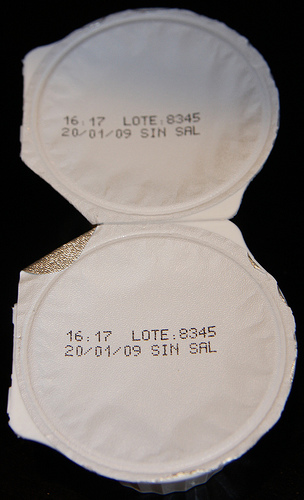When Alex Comb’s son was an infant, he had pretty bad eczema. (Eczema is a reddish dry skin rash.) He also had a nighttime cough, a dry cough that started and stopped throughout the night. The cough lasted months. It turned out he was allergic to carragenen. The cough was mostly, but not entirely, eliminated by avoiding carragenen. Sometimes there were flareups.
When the son was 2 years old, he had a mild case of eczema. Doctors wanted to give him steroids. Alex started researching the causes of eczema and how to alleviate it. He came across research on the hygiene hypothesis. In a forum, he read that some people had tried probiotics for eczema with some success. Research on the subject had had mixed results but it seemed worth a try.
So Alex and his wife gave his son DanActive (a probiotic dairy drink) every day for over a year. After a week or so, he noticed improvement. The nighttime cough completely went away. The eczema went away 95%. This isn’t a use of DanActive I could find on their website.
When his son was 3 yrs old, Alex and his wife stopped the DanActive. They assumed his immune system was better. He had gotten tired of drinking it all the time. He drank it less. His diet got broader too; he started eating yogurt. He never really stopped drinking it, he just drank it less.
A few months ago, the son started a 10-day course of antibiotics for a nasal discharge. A few days later, the nighttime coughing mysteriously resumed. It lasted at least 5 nights, and ended around the same time the antibiotics did. It was an asthmatic cough rather than a respiratory infection cough. An asthmatic cough is much drier and shorter.
A few weeks ago, the son was put on antibiotics for an abscessed tooth. Two or three days after antibiotics started, the asthmatic cough started again. Was it the antibiotics? He had not been drinking the DanActive so Alex and his wife started giving it to him again. They gave him the antibiotics earlier in the day and the DanActive before he went to bed. The very first night they did this the cough went away. They kept doing that and the cough stayed away. He has had no cough since then.
What’s telling is the clarity of the correlations. They support the idea that we have a large need for bacteria-laden foods.


